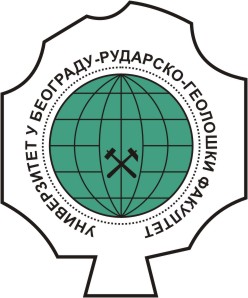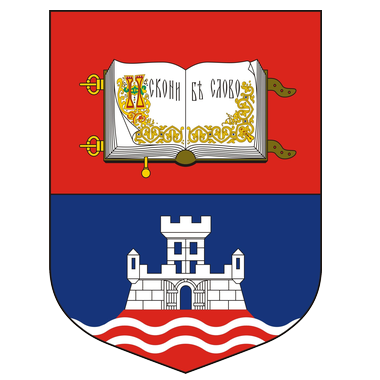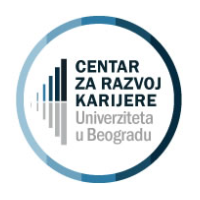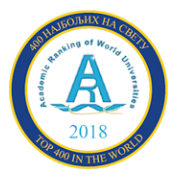Study program:
Environmental Engineering (V semester -BsC)
Mining Engineering (V semester -BsC)
Petroleum Engineering (VII semester -BsC) |
|
Name of subject: Geodesy and Mine Surveying |
Instructors:
Prof. Aleksandar Ganić |
|
Status: Compulsory |
|
ECTS: 5 |
|
Prerequisites: - |
Course Objectives:
Acquisition of basic information on geodesy and mine surveying, instruments and methods of measurement and processing of measurement results. Basic knowledge about maps and plans, as well as their creation. Methods and elements for marking basic geometric sizes. Introducing typical tasks on surface mines and mines with underground exploitation. |
Learning Outcomes:
Adoption of basic concepts of geodesy and mine surveying and the tasks that these disciplines deal with. |
Content:
Theory teaching
Definition, tasks and historical development of geodesy and mine surveying. Earth’s shape, Gauss-Kruger conformal projection and UTM projection. Geodetic and mine networks on the surface of the terrain and in the underground spaces. Measurement errors and adjustment of measurement results. Instruments and accessories for measuring horizontal directions and vertical angles, length and altitude differences on the surface of the terrain, in horizontal, sloping and vertical underground spaces. Methods of measurement and processing of measurement results. Mining hanging busola, gyrotheodolite, GPS, 3D laser scanner. Calculating the grid bearing, the coordinates and the altitude of the points in the traverse and level nets. Creation of analog and digital plans, labels, symbols. The ratio and interpolation of contour-line. Change the dimension of the plan and read the coordinates of the points, length and angles. Setting out of directions, length and points. Methods and calculation of setting out elements. Basic geodetic and mine surveys tasks on surface mines. Basic mine surveys tasks on mines with underground exploitation. Practical teaching
Converting unmodulated point coordinates into modulated and vice versa. A computational example of calculating a simple and general arithmetic mean. Implementation of the law of error propagation. Processing the results of measuring horizontal directions. Processing results of vertical angle measurements. Reduction of the measured lengths on the horizon. Indirect determination of length. Calculation of height altitudes determined by geometric and trigonometric leveling. Calculation of the grid bearing and the length of the side defined by two points. Calculating the coordinates of traverse points and altitudes of bench marks. Interpolation contour-line. An example of graphically determining the coordinates of the points, length, and angles in the plan with the deformation. A computational example of computing elements for setting out a point using a polar method. Calculating the area and the volume of the masses. A computational example of connection by the method of connecting triangles. Example of breakthrough elements calculation. |
Suggested Reading List:
- Ganić A., 2011: Geodezija sa rudarskimm merenjima, RGF Beograd
- Milutinović A., Ganić A., 2012.: Geodetski instrumenti i metode merenja, Rudarsko-geološki fakultet, Beograd, skripta
- Patarić M., 1990.: Rudarska merenja I deo, RGF, Beograd
- Mihailović K., Vračarić K., 1989.: Geodezija 1, Naučna knjiga, Beograd
- Begović A., 1988.: Inženjerska geodezija 1, Naučna knjiga, Beograd
|
Conduct of the Course:
Lectures, practical lessons. |
Fund hours:
| Lectures |
Exercises |
Other forms of teaching |
Study research |
| 2 |
2 |
0 |
0 |
|
Assessment:
| Final Exam |
ECTS |
| Oral Exam | 30 |
| Classwork Assessment |
ECTS |
| Class Participationа | 10 | | Practical Classes | 15 | | Written tests | 45 |
|
|
Additional Assessment Criteria: - |
|
|






